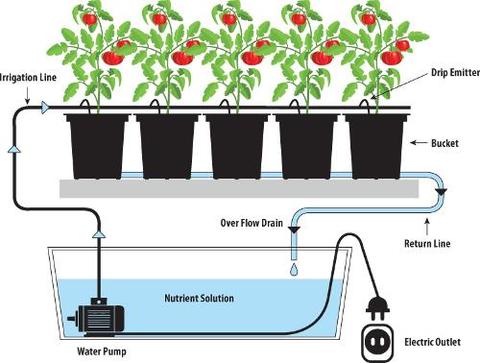It has certainly been some time since I have posted on my personal blog/website. I have been posting much much more on my Instagram, and my Twitter. I am not sure if I’ll make the transition to Tik Tok, but I do plan on doing more long form information on YouTube at some point, to have greater ability to clarify and expand on thought processes.
So despite my recent shift in focus on improving smaller, more detailed regions of the body in my day to day work, in my head I am always looking to improve performance outcomes – whether it is return to activities of daily living, or improving the one rep max within the sport of powerlifting, or how fast an athlete may move or throw an implement.
Who am I to say and judge whether one person’s desire to walk out the door painfree in the morning is “worth more” than throwing a baseball as fast as humanly possible?
With this said, I am of the belief that there are simply different “entry points” that an individual may arrive at my (digital) doorstep.
When an individual is looking to improve performance measures in a lift or sports specific method, the methods for achieving those outcomes will certainly be based in neurological, biological, and physiological adaptations and principles.
If an individual is looking to reduce pain throughout a range of motion that helps them with everyday life, the same “bucket” of neurological, biological, and physiological adaptations and principles will be appraised and evaluated, but the method used to express wherever the individual is may be in fact very similar.

What I am referring to is the fact that I am not giving the individual in question a 5th limb to traverse with, or a third eye to recalibrate their visual system, nor am I giving them an externally sourced cadaver ligament that will repair their injured ulnar collateral ligament (that is what surgery is for).
However, the need to appraise, evaluate, re-organize (what is currently available), will be of the utmost importance to restoring movement qualities, and then moving forward to another “platform” or entry point in order to enhance performance afterwards.
For example, arbitrarily speaking, if you lack a movement such as wrist extension, there are several items to capture and appraise at first:
- Brachial Plexus and its innervations/pathway down the arm to the hand
- Individual musculature that may be neurologically tight d/t chronicity of movement
- Regional interdependence from above/below the affected or region in question (since wrist extensors cross the hand and also humerus, look at radioulnar joint, and also look at humeral motion, and also look at radiohumeral joint aka the elbow joint itself)
- Ligamentous issues
- Capsular issues
One thing that I do with these “bulletpoints” is to identify and make sure that these items are all given equal respect – an overarching belief that compression of the brachial plexus may lead to use of an incorrect solution, when in fact it was the chronicity of movement that was the issue, which necessitates a different solution altogether.
To bring it back to the main thesis of this post (barring any acute injuries to the region and subsequent surgical interventions in which surgery will provide some sort of pain relief) there will likely be no introduction of external sources for relief or therapeutic benefits.
Meaning, the power for healing is quite literally within the entirety of what is already within your body and brain.
It is just up to you (and/or the practitioner who understands how to help “bring it out of you”) to discover how to use what you have.
It is up to the practitioner to update the neurological inputs that will eventually reduce the “alarm signal” that may be present in the face of danger/pain. (Other times, the individual may be given enough autonomy in order to reduce that signal on their own!)
Then, the next step may be to provide the opportunity for a neurological output to be expressed for ease of movement/enhanced motor unit recruitment.
Then, you can:
- Build a new baseline,
- Establish a new level of homeostasis, and
- Continue to improve upon the neurobiological bucket of life that you were given to begin with.
As always,
Keep it funky.
-MA

